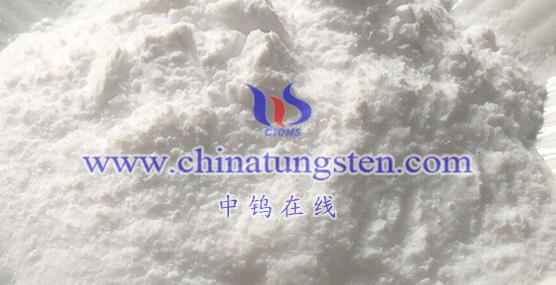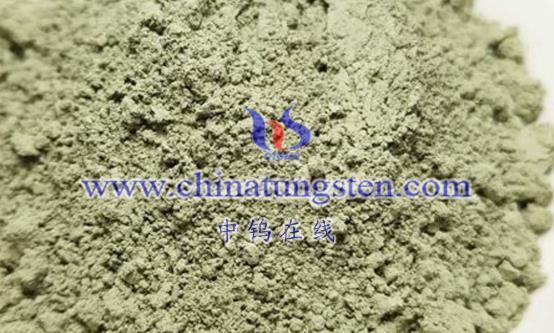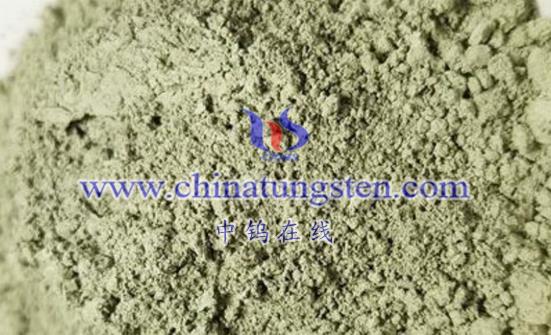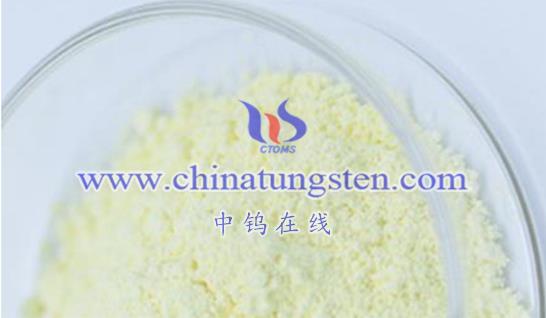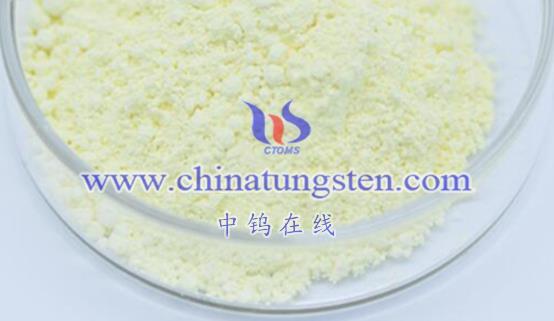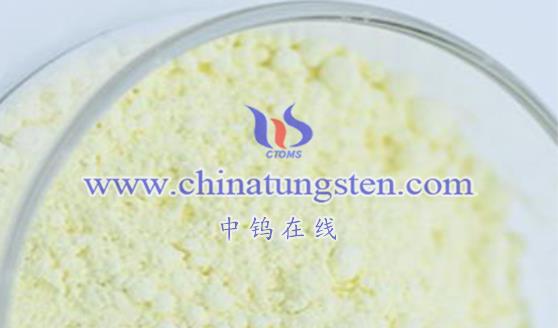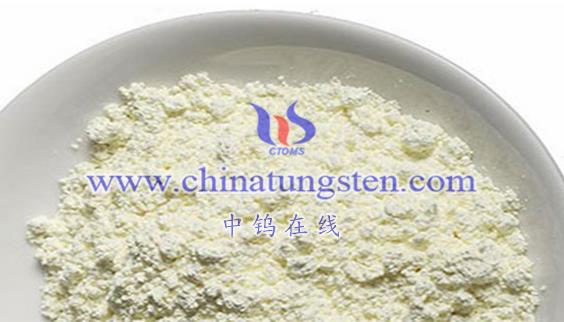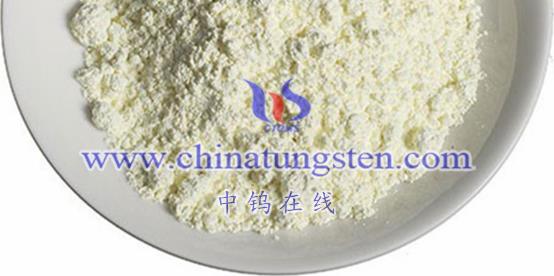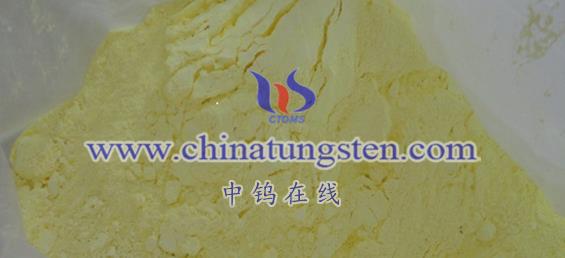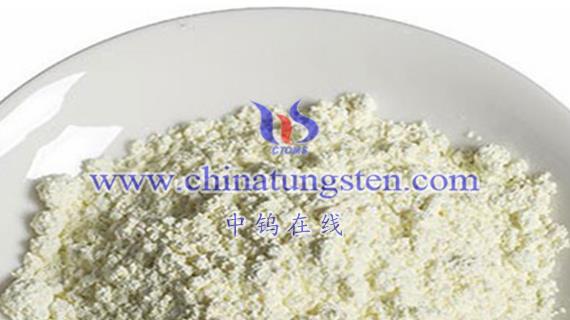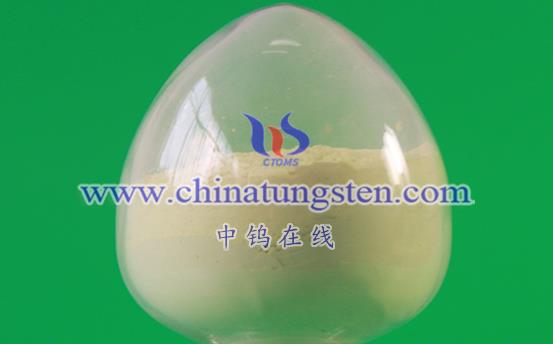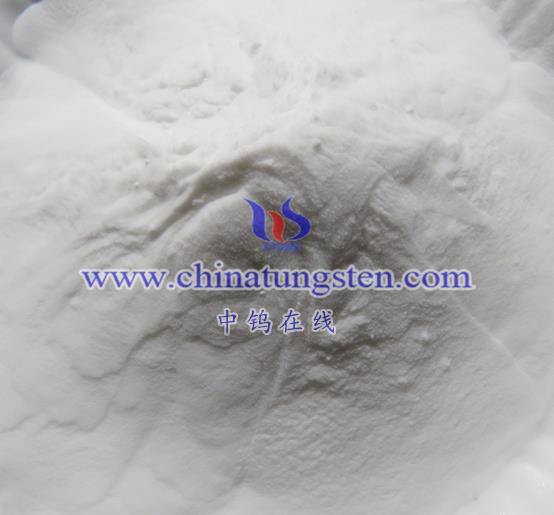
There is no absolute answer to which method produces nanostructured tungsten trioxide (WO3) with the best performance, as different preparation methods each have their advantages and disadvantages. Moreover, the final product’s performance is influenced by various factors, such as raw material purity, reaction conditions, and post-treatment processes. Below is a brief analysis of several common preparation methods and their performance:
- High-Frequency Plasma Gas-Phase Combustion
- Advantages: This method enables the rapid and efficient production of high-purity nanostructured tungsten trioxide, with uniform particle distribution and controllable particle size. It utilizes the high-temperature environment generated by high-frequency plasma to react tungsten sources with oxygen, resulting in nanostructured WO3.
- Applications: Due to its high purity and uniformity, WO3 produced by this method has broad application prospects in catalysis, energy storage, and sensors.
- Chemical Vapor Deposition (CVD)
- Advantages: CVD can produce high-quality, high-purity nanostructured tungsten trioxide films or powders. The method allows for the adjustment of reaction conditions and parameters to control the morphology and properties of the product.
- Applications: Nanostructured tungsten trioxide produced via CVD has significant applications in optoelectronic devices and as a catalyst support.
- Sol-Gel Method
- Advantages: The sol-gel process is mild and allows for easy control over product purity and particle size. Additionally, various additives or modifiers can be incorporated to further enhance the performance of nanostructured tungsten trioxide.
- Disadvantages: Controlling the transition from sol to gel can be challenging, and the product may easily form hard agglomerates after drying. The synthesis period is often longer.
- Hydrothermal Method
- Advantages: This method produces nanostructured tungsten trioxide with small, narrowly distributed particle sizes and good roundness and dispersibility. Hydrothermal synthesis can be performed at relatively low temperatures, resulting in little or no agglomeration, good dispersion, high purity, and controlled particle size, with minimal environmental pollution.
- Applications: Nanostructured tungsten trioxide produced by the hydrothermal method exhibits excellent performance in photocatalysis and gas-sensitive sensors.
- High-Energy Ball Milling
- Advantages: Nanostructured tungsten trioxide produced through high-energy ball milling has small particle sizes and uniform distribution. Parameters can be controlled to achieve the desired shape and characteristics.
- Disadvantages: Although the preparation process is simple, it may require long milling times and high energy input.
In summary, nanostructured tungsten trioxide produced by different methods has its own performance advantages. When selecting a preparation method, it’s essential to consider specific application requirements and experimental conditions. For applications requiring high purity and uniformity, high-frequency plasma gas-phase combustion or CVD methods may be better choices. Conversely, for applications needing controlled particle size and morphology, the hydrothermal or sol-gel methods might be more appropriate. Therefore, it is not straightforward to determine which preparation method yields the best-performing nanostructured tungsten trioxide; it depends on the specific context and requirements.
More details of tungsten oxide product, please visit website: tungsten-oxide.com
Please contact CHINATUNGSTEN for inquiry and order of tungsten oxide:
Email: sales@chinatungsten.com
Tel.: 86 592 5129595
